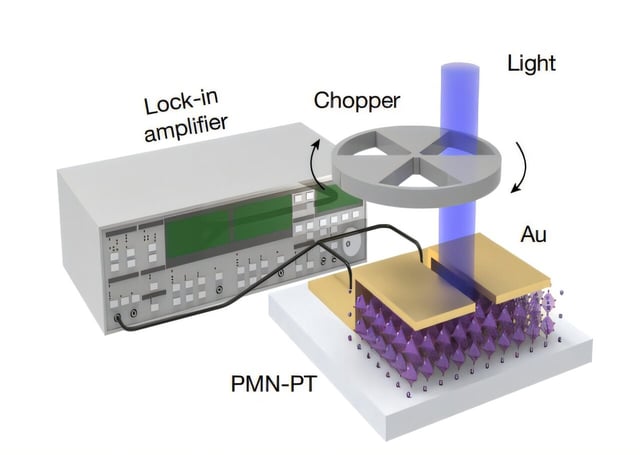Overview
- MIT researchers have created a 10-nanometer pyroelectric film that senses heat and radiation across the full infrared spectrum at room temperature.
- The ultrathin sensors operate without cryogenic cooling, significantly reducing the weight and power requirements of traditional night-vision devices.
- A prototype 100-pixel array has been validated, and integration with CMOS circuitry is underway to develop functional night-vision glasses.
- The lift-off technique used to fabricate the film is generalizable, offering potential applications in other ultrathin semiconductor materials.
- Future uses include lightweight night-vision eyewear, environmental monitoring, autonomous vehicle sensors, and compact thermal imaging systems.


